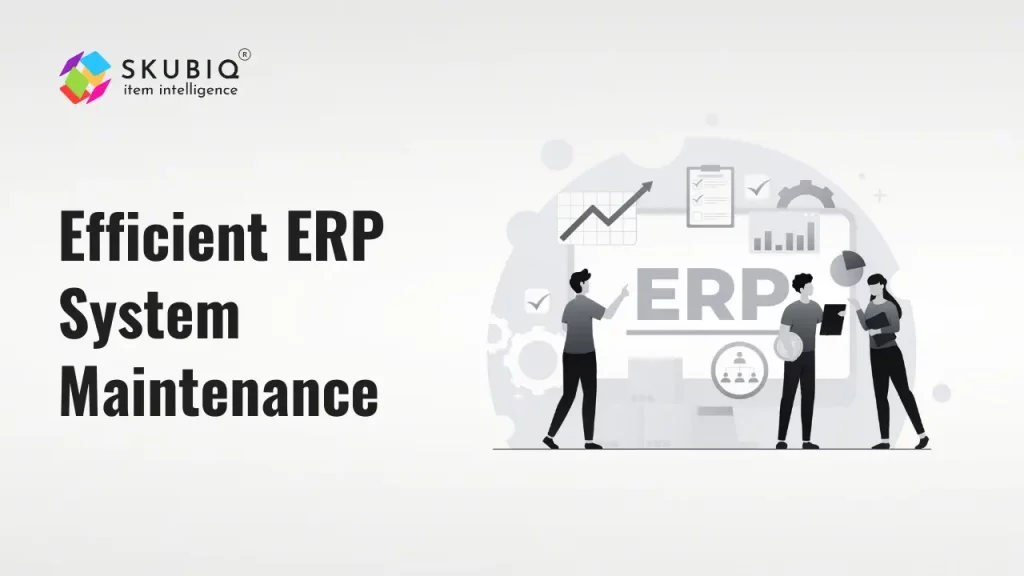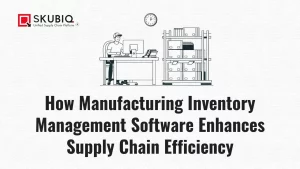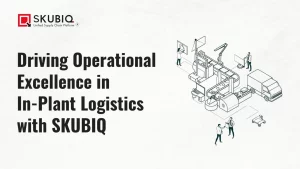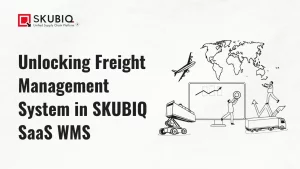Enterprise Resource Planning (ERP) systems have become integral to the seamless functioning of modern businesses. These comprehensive software solutions streamline processes, enhance communication, and provide real-time insights into various aspects of operations. However, ERP system maintenance is crucial to ensure these powerful tools continue to function optimally, supporting the organization’s growth and efficiency. In this article, we will explore key tips for efficient ERP system maintenance, addressing common challenges and highlighting best practices.
Understanding the Importance of ERP System Maintenance
Before delving into maintenance tips, it’s essential to grasp the significance of regular upkeep for ERP systems. An ERP system is not a one-time investment; it’s a long-term commitment that requires continuous attention. ERP implementation is just the initial step; ongoing maintenance is vital to address evolving business needs, technological advancements, and security concerns.
Key Benefits of Effective ERP System Maintenance
Enhanced Performance: Regular maintenance ensures optimal performance, preventing system slowdowns or disruptions.
Security: Up-to-date maintenance safeguards against potential vulnerabilities, reducing the risk of data breaches.
Adaptability: Maintenance allows for the incorporation of updates and new features, ensuring the ERP system aligns with changing business requirements.
Cost-Efficiency: Proactive maintenance reduces the likelihood of major issues, minimizing the need for costly emergency fixes.
Tips for Efficient ERP System Maintenance
1. Regular System Audits
Predictive analytics enables businesses to forecast demand accurately by analyzing historical sales data, market trends, and other relevant factors. This allows for better inventory planning, reducing the risk of overstocking or stockouts. By optimizing inventory levels, businesses can enhance their resource utilization and minimize waste.
2. Stay Updated with ERP Software Examples
Knowledge of the latest ERP software examples is crucial for effective maintenance. Keep abreast of industry trends and advancements, exploring how emerging technologies can enhance your ERP system. This proactive approach ensures that your system remains competitive and aligned with industry standards.
3. Implement Automated Monitoring
Deploy automated monitoring tools to keep a constant eye on system performance. These tools can detect anomalies, potential security threats, and performance bottlenecks in real-time. By identifying issues early, automated monitoring minimizes downtime and enhances overall system reliability.
4. Schedule Regular Backups
Data loss can be catastrophic for any organization. Ensure that regular backups are scheduled to safeguard critical information. Cloud-based solutions are increasingly popular for their reliability and accessibility. Clearly define backup schedules and test restoration processes to guarantee data integrity.
5. User Training and Support
Invest in continuous user training to maximize the potential of your ERP system. Well-trained users are more likely to utilize the system effectively, reducing the likelihood of errors and inefficiencies. Additionally, establish a robust support system to address user queries promptly, fostering a positive user experience.
6. Embrace Scalability
As your business evolves, your ERP system should be able to scale accordingly. Ensure that your system architecture is scalable to accommodate growing data volumes, user numbers, and additional functionalities. Scalability is essential for future-proofing your ERP investment.
7. Collaborate with Vendors for Updates
Maintain open communication with your ERP software vendors. Regularly check for updates, patches, and new releases. Vendors often provide essential security updates and performance enhancements that can significantly impact your system’s efficiency.
8. Security Best Practices
Security is paramount in ERP system maintenance. Enforce robust password policies, implement multi-factor authentication, and regularly audit user access. Stay informed about the latest security threats and apply patches promptly to address potential vulnerabilities.
9. Performance Tuning
Optimize the performance of your ERP system by fine-tuning configurations. This includes database optimization, server tuning, and ensuring that the system is utilizing resources efficiently. Regular performance assessments can identify areas for improvement and enhance overall system responsiveness.
10. Document Maintenance Processes
Maintain comprehensive documentation for all maintenance processes. This documentation serves as a valuable resource for the IT team, ensuring consistency and transparency in maintenance activities. Well-documented
In conclusion, efficient ERP system maintenance is essential for the sustained success of any organization relying on these powerful tools. Regular audits, staying updated with ERP software examples, automated monitoring, regular backups, user training, scalability, vendor collaboration, security best practices, performance tuning, and thorough documentation are all crucial aspects of a robust maintenance strategy.
By prioritizing these tips, businesses can ensure that their ERP systems not only meet current needs but also remain adaptable to future challenges. As ERP systems continue to evolve, a proactive approach to maintenance is the key to unlocking their full potential, supporting smooth operations, and driving organizational success.
Frequently Asked Questions (FAQs) about ERP System Maintenance
ERP system maintenance is crucial for businesses as it ensures the continuous functionality, security, and adaptability of the system. Regular maintenance prevents performance issues, enhances security, and allows the system to evolve with changing business needs.
The frequency of audits depends on various factors, including the size of the organization and the complexity of the ERP system. Generally, conducting audits at least annually is recommended. However, more frequent audits may be necessary in rapidly changing business environments.
While automated monitoring is invaluable for real-time detection of issues, it should complement rather than replace manual oversight. Human intervention is essential for in-depth analysis, decision-making, and addressing complex issues that automated tools may not catch.
Security best practices include enforcing robust password policies, implementing multi-factor authentication, regularly auditing user access, staying informed about security threats, and promptly applying updates and patches provided by the ERP software vendors.
To ensure effective user training, businesses should provide continuous education sessions, develop user-friendly training materials, conduct refresher courses, and establish a reliable support system. Encouraging user feedback and incorporating it into training programs is also essential.
Yes, collaborating with ERP software vendors is crucial. Vendors often release updates, patches, and new features that address security vulnerabilities and enhance system performance. Regular communication ensures businesses stay current with the latest advancements.



